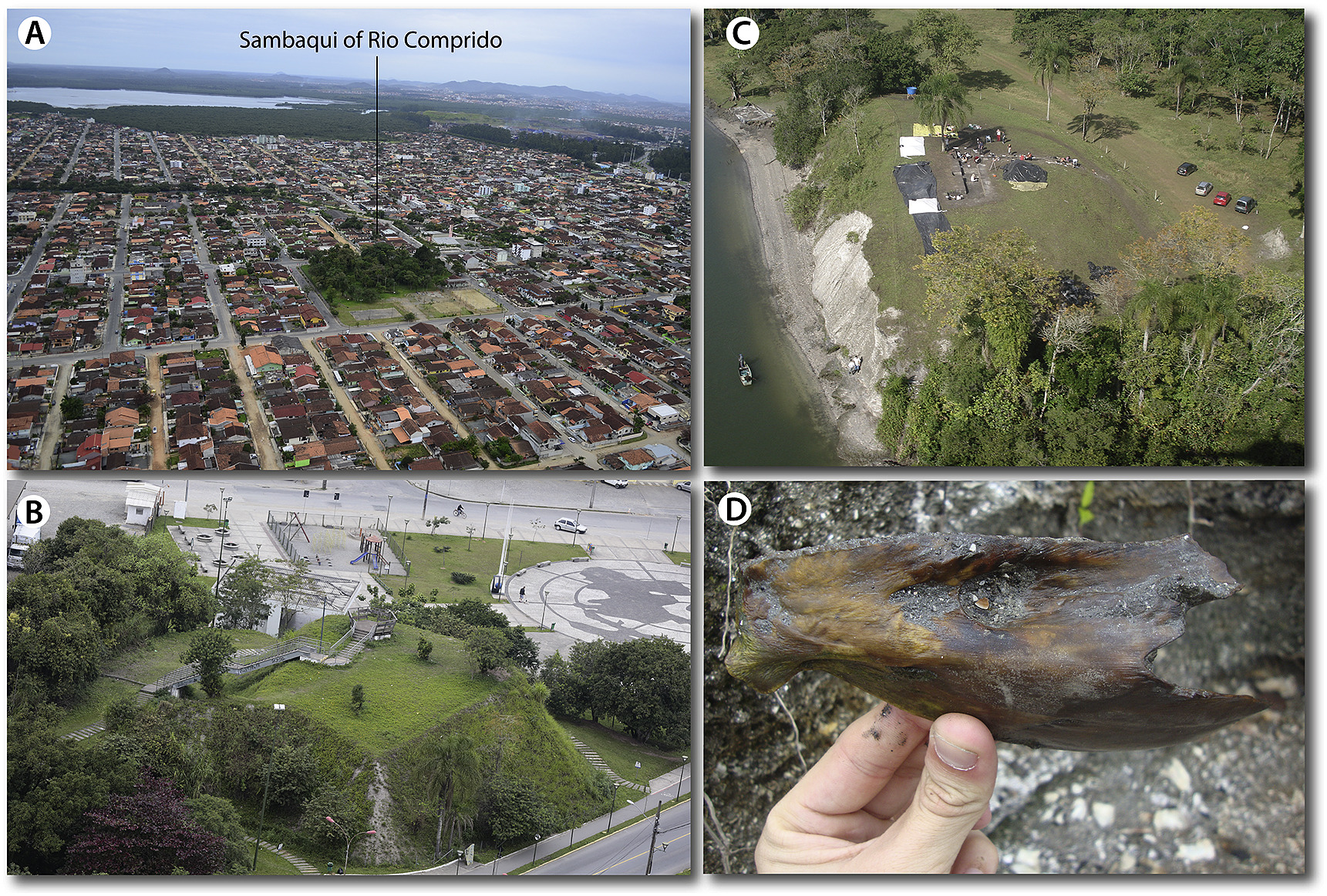Past biodiversity in Brazilian shell mounds
A York researcher analyses coastal archaeology in South American sambaquis

Andre Colonese and a team of Brazilian archaeologists have published a new paper in Quaternary International. The paper aims to foster the relevance of coastal archaeology in subtropical South America to conservation biology in the neotropics.
Sambaquis are archaeological shell mounds and middens formed by pre-Columbian populations inhabiting the Atlantic Forest coast of Brazil between the Middle and Late Holocene. Beyond their recognized cultural values, sambaquis are valuable biological archives for tracking changes in past biodiversity and informing modern conservation studies and management. In this contribution we reviewed the published record of faunal remains from archaeological sites located in Babitonga Bay, in the state of Santa Catarina, southern Brazil.
Through a literature review covering 110 sites, we assembled a comprehensive survey of terrestrial and marine taxa exploited by human groups in this area between ca. 5500 and 370 years ago. A total of 244 species were recorded, of which 14 are currently endangered and 12 are no longer present in Babitonga Bay. This zooarchaeological synthesis provides snapshots of past biodiversity, adding a novel contribution to current debates around the conservation biology of one of the world's most threatened tropical biomes.
Read the full paper in Quaternary International at https://doi.org/10.1016/j.quaint.2019.04.022